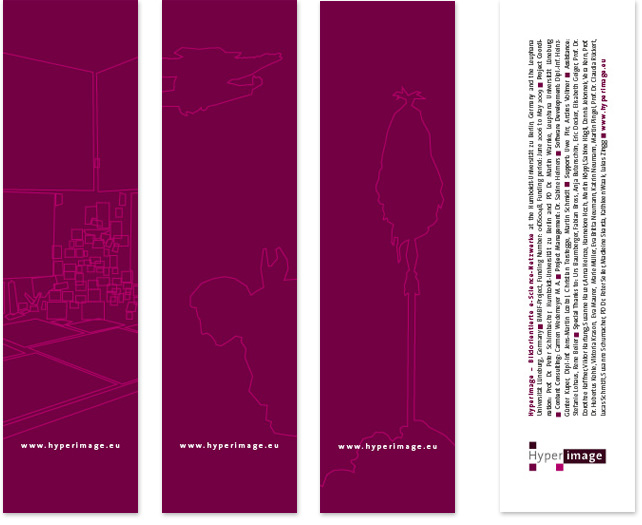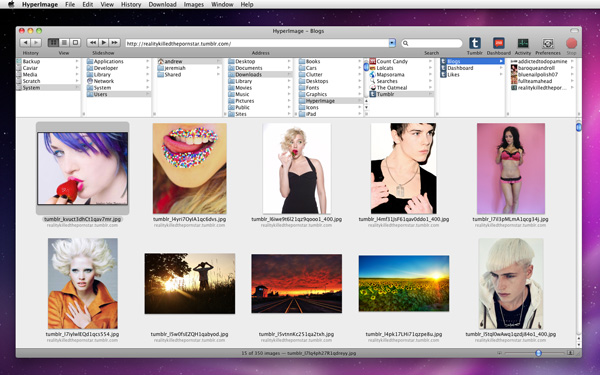
The Getting Started Guide: /getting_started.html Go to localhost:3000/ and you’ll see: "Welcome aboard: You're riding Ruby on Rails!"įollow the guidelines to start developing your application. Getting Started ¶ ↑Īt the command prompt, create a new Rails application: rails new myapp (where myapp is the application name)Ĭhange directory to myapp and start the web server: cd myapp rails server (run with -help for options)

You can read more about Action Pack in files/vendor/rails/actionpack/README.html. Each of these packages can be used independently outside of Rails. This is unlike the relationship between the Active Record and Action Pack that is much more separate.

These two layers are bundled in a single package due to their heavy interdependence. The controller and view are handled by the Action Pack, which handles both layers by its two parts: Action View and Action Controller. You can read more about Active Record in files/vendor/rails/activerecord/README.html. This layer allows you to present the data from database rows as objects and embellish these data objects with business logic methods. In Rails, the model is handled by what’s called an object-relational mapping layer entitled Active Record. The controller handles the incoming requests (such as Save New Account, Update Product, Show Post) by manipulating the model and directing data to the view.

#HYPERIMAGE APP HOW TO#
The model contains the “smart” domain objects (such as Account, Product, Person, Post) that holds all the business logic and knows how to persist themselves to a database. This pattern splits the view (also called the presentation) into “dumb” templates that are primarily responsible for inserting pre-built data in between HTML tags. Rails is a web-application framework that includes everything needed to create database-backed web applications according to the Model-View-Control pattern.


 0 kommentar(er)
0 kommentar(er)
